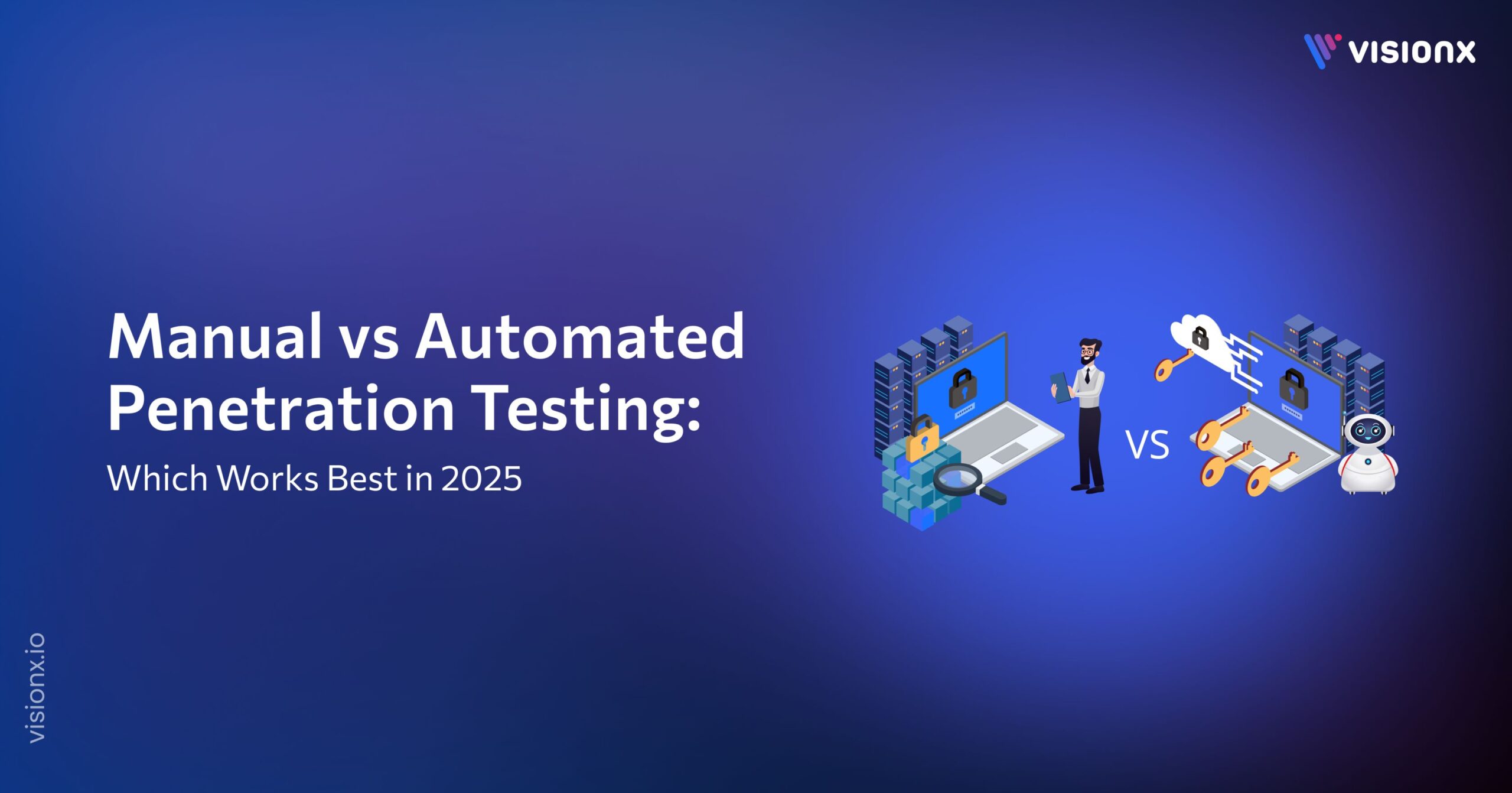The software industry constantly changes, with new technologies and methodologies reshaping software development, deployment, and management. Machine learning is a transformative force, offering solutions to complex problems, unlocking new opportunities, and pushing boundaries. The role of machine learning tools in the software industry is increasingly significant, enhancing development processes, fostering innovation, creating efficient applications, and enabling businesses to stay competitive.
Staying updated on the latest advancements in machine learning is vital for software developers, data scientists, and those interested in machine learning. This guide will explore leading machine learning software, its features, use cases, and unique advantages. It’s an exciting journey to discover the technologies that will shape how we create and deliver software solutions in the future.
Importance of Machine Learning Tools
Machine learning tools are essential in transforming industries and addressing complex challenges. Understanding these tools is vital for developers, data scientists, and businesses to utilize this dynamic field’s potential fully.
Enabling Innovation:
These tools foster innovation by enabling rapid experimentation with innovative ideas, algorithms, and applications, thereby pushing the boundaries of the software industry.
Streamlining Development:
Machine learning tools streamline development, allowing developers to focus on model creation and refinement, reducing time and encouraging innovation.
Data-Driven Decision-Making:
These tools enable data-driven decision-making by analyzing vast amounts of data, extracting insights, and making predictions, which inform business strategies and lead to more informed choices.
Enhancing Efficiency:
Machine learning tools offer efficiency through pre-built algorithms, data preprocessing, and model evaluation techniques, allowing machine learning developers and data scientists to focus on strategic projects instead of working harder.
Staying Competitive:
Staying at the forefront of technology, particularly machine learning tools, is crucial for staying competitive and relevant in the highly competitive software industry.
Accelerating Problem Solving:
For solving complex problems, machine learning tools are vital, providing a framework and algorithms specifically designed for natural language processing, image recognition, predictive analytics, and anomaly detection.
Adapting to Change:
Machine learning tools in the software industry enable swift adaptation to market conditions and emerging trends, enabling organizations to pivot and innovate quickly.
Top Machine Learning Software
Machine learning is revolutionizing the software industry, enhancing application development, user experience, and decision-making through more innovative applications and data-driven strategies. Here are some top machine learning tools making waves in the software industry, facilitating innovation and efficiency across various domains.
TensorFlow
Google’s TensorFlow is used for building and training neural networks. Its flexibility and scalability make it suitable for research and production applications. TensorFlow offers tools for deploying machine learning models to mobile and web applications, allowing developers to use deep learning in their software products.
Key Features:
- TensorFlow is a leading player in deep learning research and applications, providing robust support for neural networks and advanced model architectures.
- TensorBoard is a powerful tool that provides interactive visualizations for understanding, debugging, and optimizing machine learning models.
- TensorFlow Lite is a tool that enables the deployment of machine learning models on edge devices and mobile applications.
PyTorch
PyTorch, backed by Facebook’s AI Research lab, is renowned for its dynamic computation graph and robust support for neural networks and natural language processing tasks. Its flexibility and ease of use make it a top choice for researchers and engineers developing advanced AI applications.
Key Features:
- PyTorch is a powerful tool that enables dynamic computation graphs, making it an ideal choice for research and dynamic network architectures.
- TorchScript is a tool that simplifies converting PyTorch code into a more efficient, statically typed representation.
- Facebook integration involves seamless integration with Facebook’s software stack and research projects.
Scikit-Learn
Scikit-Learn offers a range of user-friendly tools for data preprocessing, model selection, and evaluation. It’s a versatile choice for engineers working on different machine learning software, supporting various algorithms for classification, regression, clustering, and dimensionality reduction.
Key Features:
- Scikit-Learn is renowned for its user-friendly API, making it an ideal choice for beginners due to its simplicity and consistency.
- It offers a range of tools for model selection, cross-validation, and hyperparameter tuning.
- The platform provides various machine learning algorithms, including classification, regression, clustering, and dimensionality reduction.
XGBoost
XGBoost, or Extreme Gradient Boosting, has significantly contributed to data science and predictive modeling. It’s an ensemble learning method, specifically a gradient-boosting algorithm, with success in competitions and real-world applications.
Key Features:
- XGBoost is a fantastic algorithm that utilizes gradient boosting to enhance the accuracy of predictions from multiple models.
- XGBoost is renowned for its efficient handling of large datasets and high-speed execution.
- The regularization technique offers L1 (Lasso) and L2 (Ridge) techniques to prevent overfitting.
LightGBM
LightGBM, a gradient-boosting framework developed by Microsoft, is known for its performance, efficiency, and speed. It is ideal for large datasets, ranking, recommendation systems, and classification problems. Its low memory usage and industry support make it a valuable tool for data scientists and practitioners.
Key Features:
- LightGBM is a lightweight and efficient memory-efficient system that is particularly well-suited for big data applications due to its speed and efficiency.
- Gradient-based learning utilizes histogram-based learning for enhanced training speed and accuracy.
- LightGBM is a distributed computing platform that enables the faster and more efficient training of models on clusters.
These machine learning software are valuable for creating and deploying models for various applications, with popular tools and frameworks included in this list.
Comparative Analysis
The analysis will compare machine learning tools based on their usability, scalability, performance, pricing, community support, and industry adoption.
Usability
- TensorFlow’s usability varies based on task complexity, offering diverse functionalities but potentially having a steeper learning curve for beginners.
- PyTorch is renowned for its dynamic computation graph, making it intuitive for research and experimentation, and its flexibility and ease of use make it a popular choice.
- Scikit-Learn is a user-friendly machine-learning platform with a simple and consistent API, making it a popular choice for beginners.
- XGBoost is a user-friendly boosting algorithm with easy APIs, but it may require more fine-tuning for optimal performance.
- LightGBM is a user-friendly, memory-efficient, and fast memory management system that offers high-speed execution due to its straightforward configuration.
Scalability
- TensorFlow is a highly scalable machine learning platform that supports distributed computing and can run on various hardware for small and large projects.
- PyTorch is one of the deep machine learning tools for large-scale models and research, enabling distributed training and scaling deep learning tasks.
- Scikit-Learn is designed for small to medium-sized datasets but may require additional tools or libraries for large-scale applications.
- XGBoost is one of the famous machine learning software due to its scalability and efficiency in handling large datasets, making it a top choice for competitive tasks.
- LightGBM is a memory-efficient and optimized algorithm designed for large datasets, making it highly scalable, particularly for ranking and classification problems.
Performance
- TensorFlow is a powerful deep learning tool commonly utilized for tasks like image recognition and natural language processing due to its high performance.
- PyTorch, known for its dynamic computation graph and robust ecosystem, excels in research and development, particularly for complex, custom models.
- Scikit-Learn is a robust machine learning framework that excels in various tasks but may not match the performance of deep learning frameworks like TensorFlow or PyTorch.
- XGBoost is a highly effective algorithm known for superior performance in gradient boosting tasks, resulting in high accuracy in predictive models.
- LightGBM excels in large datasets and ranking problems due to its focus on speed and efficiency.
Industry Adoption
- TensorFlow is used for deep learning image and speech recognition applications in various industries, including tech giants and startups.
- PyTorch, a popular AI tool, has gained significant popularity in academia, research, and AI-focused companies, with its adoption increasing across various industries.
- Scikit-Learn is a machine learning model used in industries like finance, healthcare, and retail that require traditional models.
- XGBoost is a popular data science technique for high-performance predictive modeling in various industries.
- LightGBM is gaining popularity in finance and advertising industries requiring memory-efficient and high-speed machine learning.
Machine Learning Tools: Future Trends
The software industry is expected to witness future trends in machine learning that will significantly impact its growth and development. Emerging machine learning software trends, including federated learning, quantum machine learning, ethical AI use, and continuous machine learning, necessitate professionals to stay informed and ethically practice.
Ethical AI
The growing importance of ethical considerations in artificial intelligence is evident in the evolution of machine learning tools, which prioritize addressing biases in algorithms and ensuring fair and transparent AI systems for trust and industry standards.
Federated Learning
Federated learning is a machine learning method that trains models across multiple decentralized devices or servers, keeping data localized. This approach offers privacy advantages and is helpful in situations where data cannot be easily centralized, allowing models to learn from individual devices.
Continuous Machine Learning
CML is a method that integrates machine learning models into the software development lifecycle, ensuring their accuracy and relevance over time. It is vital for maintaining the performance and reliability of AI-powered software.
Continuous machine learning is used in applications like cybersecurity anomaly detection, real-time recommendation systems, manufacturing predictive maintenance, and personalized healthcare monitoring, transforming industries with insights and predictions. It enables software systems to adapt to data, providing real-time insights and decision-making solutions for various industries.
Quantum Machine Learning
Quantum machine learning is a field that combines quantum computing and machine learning, utilizing quantum mechanics principles to perform computations faster than classical computers. It has the potential to revolutionize tasks like optimization, data analysis, and pattern recognition.
Machine Learning Free Software
Open-source machine learning tools and libraries are often free software, promoting innovation and collaboration in the software industry. Developers and researchers can use these tools to create intelligent software without high licensing costs. Here are a few standout ones:
Weka
Weka is an open-source software package that provides a variety of machine learning algorithms for data mining, with a user-friendly GUI that simplifies designing and executing workflows, requiring minimal programming skills.
RapidMiner
RapidMiner is a widely used free data science platform for data preparation, machine learning, and advanced analytics, facilitating various data analysis and machine learning tasks.
Orange
Orange is a user-friendly, open-source data visualization and analysis tool that integrates machine learning, data mining, and visualization components for data analysis and visualization.
Keras
Keras, a free, open-source neural network API, is now integrated with TensorFlow, renowned for its user-friendly interface for building and training deep learning models.
Machine Learning Testing
Machine learning test is essential to software development, assessing the model’s accuracy, robustness, and generalization to new data. Implementing rigorous testing procedures is vital to guarantee machine learning models perform as expected and are free from biases and errors.
Challenges and Considerations
The field of machine learning software faces several significant challenges and considerations.
Model Complexity:
- Challenge: The complex models can make them difficult to interpret and debug.
- Consideration: Utilize model interpretability techniques and choose simpler models when necessary, ensuring clear documentation and code comments.
Explainability and Bias:
- Challenge: The challenge lies in ensuring that machine learning models are fair and can accurately explain their predictions.
- Consideration: To address AI concerns, it is recommended to utilize explainable techniques, audit models for bias, and adhere to ethical AI guidelines.
Cost Management:
- Challenge: Machine learning software can be costly due to cloud services, data acquisition, and model training expenses.
- Consideration: The recommendation is to implement cost-monitoring and optimization strategies to manage expenses efficiently.
Privacy and Security:
- Challenge: The challenge lies in safeguarding sensitive data and ensuring that AI models do not compromise privacy.
- Consideration: The recommendation is to implement secure data handling practices, differential privacy, and encryption to protect data and model outputs.
Data Quality and Quantity:
- Challenge: Machine learning models heavily rely on data, which can be challenging to ensure accurate, representative, and sufficient for training.
- Consideration: Data preprocessing and cleaning are crucial for improving model performance, while data augmentation and high-quality data collection can enhance this process.
Successful machine learning implementation in the software industry requires careful planning, monitoring, and ethical practices, overcoming challenges and considerations.
Conclusion
Machine learning tools drive innovation and reshape the software industry. Embracing the future requires staying informed, adapting to change, and fostering ethical practices, whether you’re a professional or starting your journey. Machine learning is becoming necessary for staying competitive and meeting user and business demands.
The fusion of machine learning and software, like VisionX’s innovative approach, transforms software applications into intelligent companions capable of learning, adapting, and providing insights. VisionX leads the way with cutting-edge solutions, transforming software into a dynamic force that integrates seamlessly with daily life, making it more innovative and efficient.
These machine learning software are essential for unlocking the full potential of this transformative technology. Embrace the future with confidence and curiosity, as the horizon and possibilities are boundless in machine learning.


